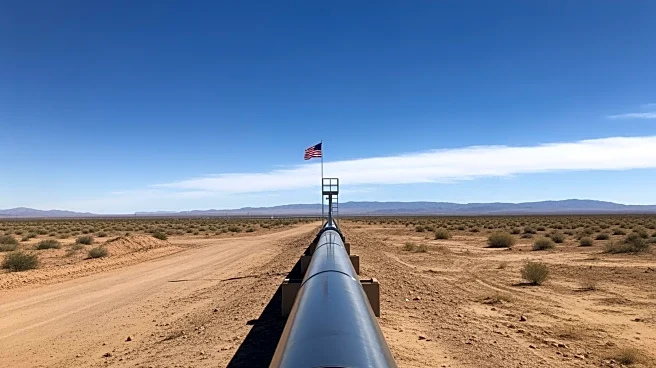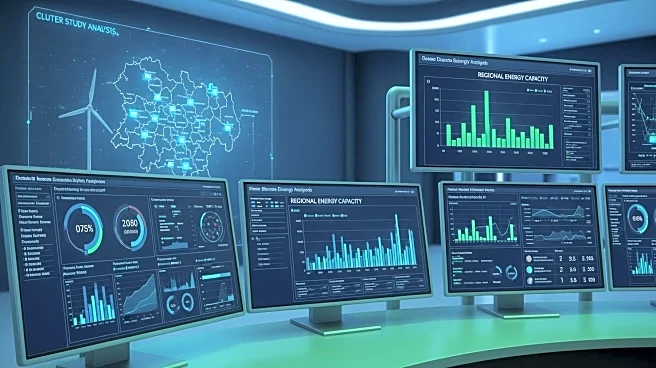What's Happening?
A recent report from the Lawrence Berkeley National Laboratory has revealed significant variations in electricity price changes across the United States from 2019 to 2024. The report indicates that while
overall retail electricity prices fell in 37 states when adjusted for inflation, the impact was not uniform across different regions or customer categories. Prices decreased slightly in many states but increased in densely populated areas such as California and New England. Additionally, residential customers experienced faster price increases compared to commercial and industrial users. The report also highlighted a growing issue of identity theft in utility accounts, with 28,000 cases reported last year, according to the FTC’s Consumer Sentinel Network. Furthermore, the Department of Energy has canceled $700 million in battery and manufacturing grants due to missed milestones and insufficient returns on taxpayer investments.
Why It's Important?
The findings from the Lawrence Berkeley National Laboratory report are crucial for understanding the dynamics of electricity pricing and its implications for energy policy. The uneven distribution of price changes could influence state and federal energy strategies, particularly in regions experiencing significant price hikes. The rise in identity theft cases in utility accounts underscores the need for enhanced security measures within the utility sector. Additionally, the cancellation of substantial clean energy grants by the Department of Energy highlights challenges in achieving milestones and ensuring effective use of taxpayer funds. These developments could impact future investments in renewable energy and the broader transition to sustainable energy sources.
What's Next?
The report's findings are likely to spark discussions among policymakers and industry stakeholders about addressing regional disparities in electricity pricing and enhancing security measures against identity theft in utility accounts. The cancellation of clean energy grants may prompt a reevaluation of project management and funding criteria to ensure successful outcomes. Stakeholders may also explore alternative funding mechanisms or partnerships to support clean energy initiatives. As the energy landscape continues to evolve, these discussions will be critical in shaping future energy policies and investments.












